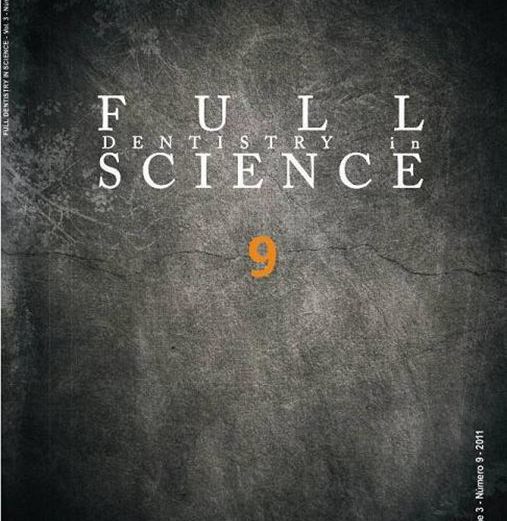CADERNO DE IMPLANTODONTIA Ano 3, Volume 9 – 2011 Relato de caso / Case report Página 30 – 33 Reabilitação de maxila atrófica com tecido ósseo homógeno e prótese fixa implantossuportada Rehabilitation of atrophic maxilla with allogeneic bone grafts followed by metal ceramic fixed prosthesis Rogério Margonar1 Pâmela Letícia dos Santos2 Thallita Pereira Queiroz3 Idelmo Rangel Garcia Junior4 Elcio Marcantonio5 Resumo As técnicas de reconstrução óssea para maxilas atróficas têm sido aprimoradas a fim de favorecer o aumento tecidual ósseo tanto em altura como em espessura. A técnica de enxertia realizada com o uso de osso autógeno é considerada a primeira opção de tratamento pela maioria dos implantodontistas, por demonstrar capacidade osteogênica e não promover reação antigênica. Contudo, este grupo de enxerto possui limitações, sendo as principais: morbidade nos sítios doadores e disponibilidade limitada. Nos últimos anos, alternativas têm sido pesquisadas para suprir as limitações do osso autógeno. Nesses estudos, os ossos homógenos tem se destacado dos demais grupos, principalmente por possuir disponibilidade óssea ilimitada. O presente relato de caso associado à revisão da literatura tem como objetivo discutir e mostrar a viabilidade do osso homógeno como material para reconstrução de maxila atrófica. Assim, os implantes homógenos são uma opção para reabilitação de maxilas atróficas. Descritores: Transplante homólogo, transplante ósseo, reabilitação bucal. Abstract The techniques of bone reconstruction for atrophic maxillae have been improved in order to promote bone tissue growth in both height and thickness. The grafts performed with use of autogenous bone is considered the gold standard by most researchers, for demonstrating osteogenic capacity and not to promote antigenic response. However, this type of grafting is not possible to get bone tissue in large quantity for extensive renovations. In recent years, alternatives have been researched to overcome the limitations of autogenous bone. Several alternatives have been investigated to supply the disadvantages of autogenous bone grafts. In such studies, allogeneic bone grafts which are obtained from individuals with different genetic load, but from the same species have been extensively used. They can be indicated in cases of arthrosplasty, surgical knee reconstruction, and large bone defects as well as in oral and maxillofacial reconstruction. Besides showing great applicability and biocompatibility, this type of bone is available in unlimited quantities. To rehabilitate atrophic maxillae an option that has been performed with high success rate is the reconstruction with bone graft followed by osseointegrated dental implants to rehabilitate the patient aesthetics and functionally. This paper aims to show the feasibility of allogenic bone as material for reconstruction of atrophic maxilla, and subsequent rehabilitation with metal ceramic fixed prosthesis implant and dental restoration with accompanying three years through literature review and clinical case report. Descriptors: Homologous, bone transplantation, mouth rehabilitation. 1Prof. das Disciplinas de Clínica Integrada e Periodontia do Centro Universitário de Araraquara-UNIARA. 2Doutoranda do Programa de Pós Graduação em Odontologia, na área de Cirurgia e Traumatologia Bucomaxilofacial – UNESP. 3Profa das Disciplinas de Cirurgia e traumatologia Buco Maxilo Facial I e II e da Disciplina de Clínica Integrada – UNIARA. 4Prof. Adjunto da Disciplina de Cirurgia e Traumatologia Bucomaxilofacial, da Faculdade Odontologia de Araçatuba-Unesp. 5Prof. Titular da Disciplina de Cirurgia e Traumatologia Bucomaxilofacial da Faculdade de Odontologia de Araraquara-UNESP e UNAERP.
Este conteúdo é restrito a membros do site. Se você é um usuário registrado, por favor faça o login. Novos usuários podem registrar-se abaixo.




